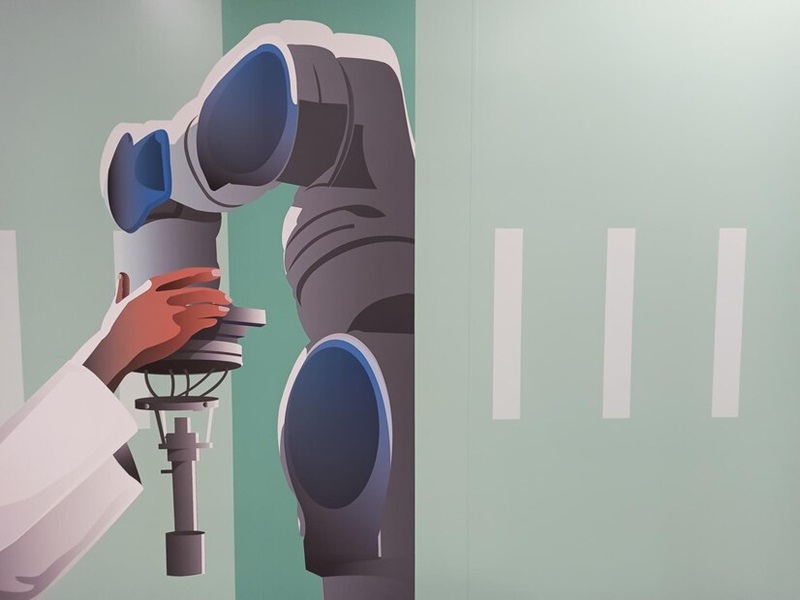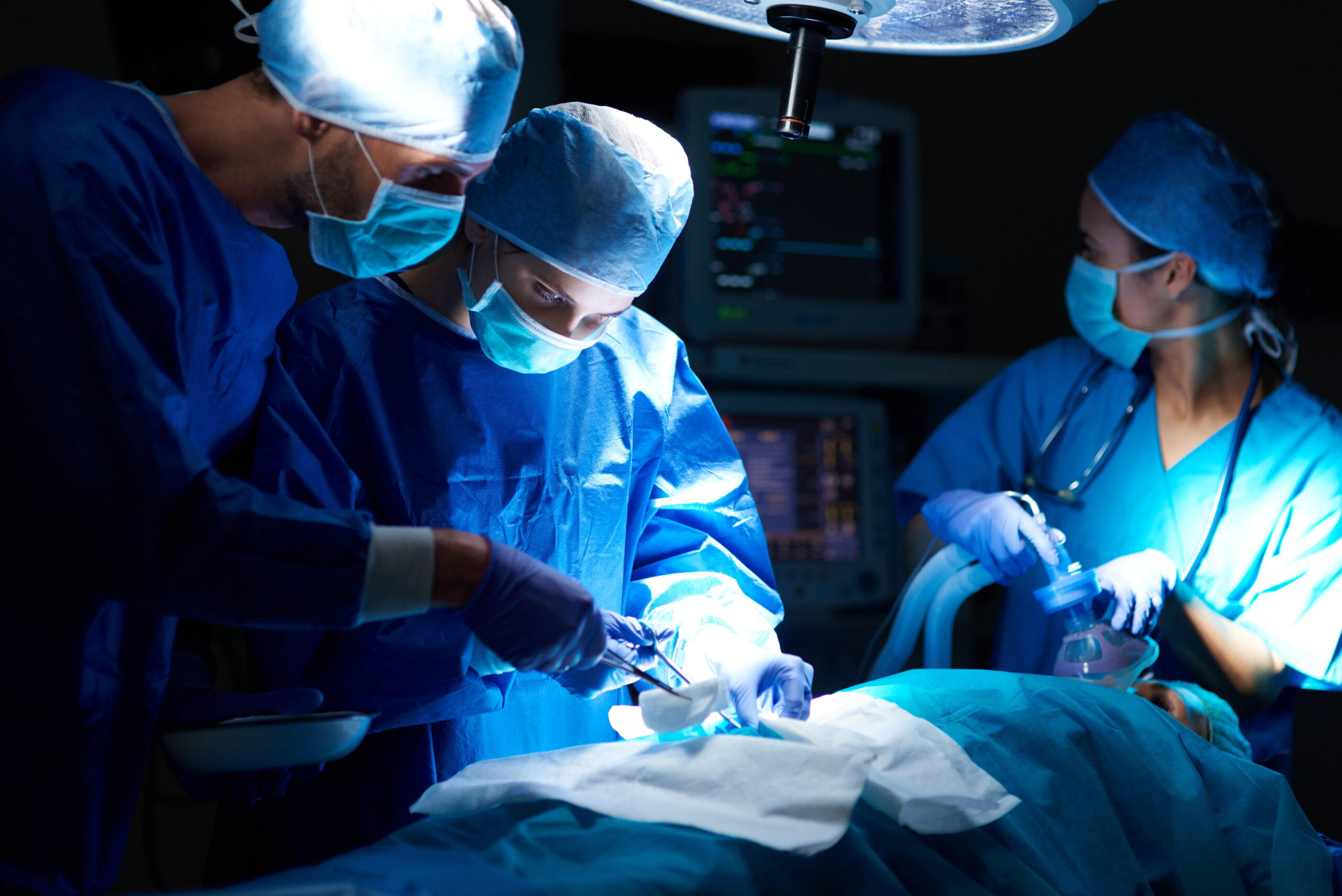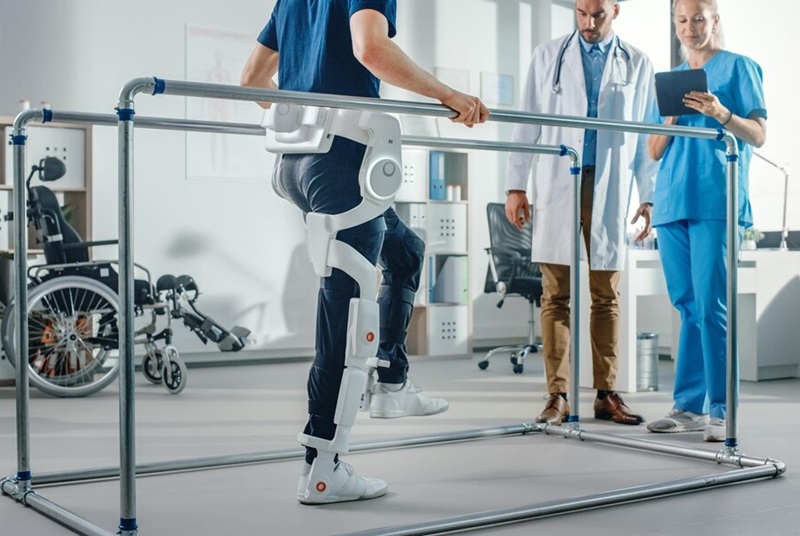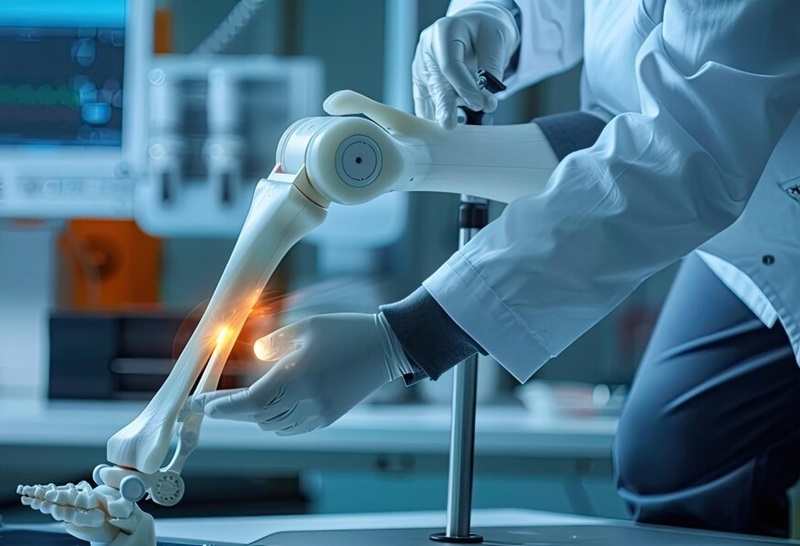Knee replacement surgery, also known as knee arthroplasty, is a common procedure designed to alleviate pain and restore function in severely damaged knee joints. This procedure is often recommended for individuals suffering from conditions like osteoarthritis, rheumatoid arthritis, or traumatic injuries that have led to significant wear and tear of the knee joint.
With advancements in medical technology, particularly in cities like Mumbai, knee replacement surgery has become more precise and effective, especially with the advent of robotic knee replacement surgery.
-
Initial Consultation and Diagnosis
The journey begins with an initial consultation with a knee replacement surgeon in Mumbai. During this visit, the surgeon conducts a thorough examination of the knee, which includes physical tests, X-rays, and MRI scans. This helps in assessing the extent of the damage and determining whether knee replacement surgery is the best course of action.
-
Preoperative Planning
Once the decision for surgery is made, the surgeon engages in detailed preoperative planning. This involves evaluating the patient’s overall health, discussing anesthesia options, and planning the specifics of the surgery. For those opting for robotic knee replacement surgery in Mumbai, this stage also involves creating a 3D model of the patient’s knee joint using advanced imaging technology. This model helps in planning the precise placement of the implant, ensuring optimal alignment and function post-surgery.
-
Surgical Procedure
On the day of the surgery, the patient is brought to the operating room, where they are administered anesthesia. The surgery begins with an incision made on the front of the knee to access the damaged joint. The surgeon carefully removes the damaged cartilage and bone from the knee joint surfaces.
For patients undergoing robotic knee replacement surgery in Mumbai, the robotic system assists the surgeon in making precise cuts and positioning the implant with a high degree of accuracy. This technology reduces the likelihood of human error and enhances the overall outcome of the surgery.
-
Implant Placement
After the damaged parts are removed, the surgeon replaces them with artificial components made of metal alloys, high-grade plastics, and polymers. These components mimic the movement of a natural knee joint. In robotic-assisted surgeries, the robot helps in placing the implant with exact precision, ensuring better alignment, which is crucial for the longevity of the implant.
-
Closing the Incision and Recovery
Once the implant is securely in place, the surgeon closes the incision with sutures or staples. The patient is then moved to the recovery room, where they are closely monitored as they wake up from anesthesia. Pain management and infection prevention are critical aspects of the initial recovery phase.
-
Postoperative Care and Rehabilitation
Postoperative care is essential for a successful recovery. Patients are encouraged to begin physical therapy within a day or two after surgery. This therapy focuses on regaining strength, mobility, and flexibility in the knee. The rehabilitation process is tailored to the individual’s needs, ensuring a safe and effective return to daily activities.
In Mumbai, where healthcare facilities are top-notch, patients undergoing knee replacement surgery, especially the robotic version, benefit from cutting-edge rehabilitation programs that significantly improve recovery times and outcomes.
-
Follow-up Appointments
Regular follow-up appointments with the knee replacement surgeon in Mumbai are necessary to monitor the progress of the recovery and ensure that the implant is functioning properly. These visits are crucial for long-term success and can help in early detection of any complications.
Conclusion
Knee replacement surgery, particularly robotic knee replacement surgery in Mumbai, offers a highly effective solution for those suffering from severe knee pain and immobility. By following this step-by-step procedure, patients can expect a significant improvement in their quality of life, with reduced pain and increased mobility. With advancements in robotic technology, knee replacement surgeries are becoming more precise, leading to better outcomes and longer-lasting results.
FAQs
Who is a candidate for knee replacement surgery?
Individuals with chronic knee pain, stiffness, and mobility issues that do not respond to conservative treatments like physical therapy, medications, or injections may be candidates for knee replacement surgery. A thorough evaluation by a knee replacement surgeon in Mumbai is necessary to determine if surgery is the right option.
What are the benefits of robotic knee replacement surgery?
Robotic knee replacement surgery offers several advantages, including increased precision in implant placement, reduced risk of human error, and improved alignment of the knee joint. This can lead to better outcomes, faster recovery, and longer-lasting results.
How should I prepare for knee replacement surgery?
Preparation includes undergoing a preoperative evaluation, which may involve blood tests, X-rays, and a review of your medical history. You’ll also need to discuss anesthesia options and follow specific guidelines provided by your surgeon, such as fasting before surgery.
What happens during the knee replacement procedure?
The procedure begins with an incision over the knee to access the joint. The damaged cartilage and bone are removed, and the artificial implant is placed to mimic the natural movement of the knee. For robotic knee replacement surgery in Mumbai, a robotic system assists the surgeon in performing the procedure with enhanced precision.










